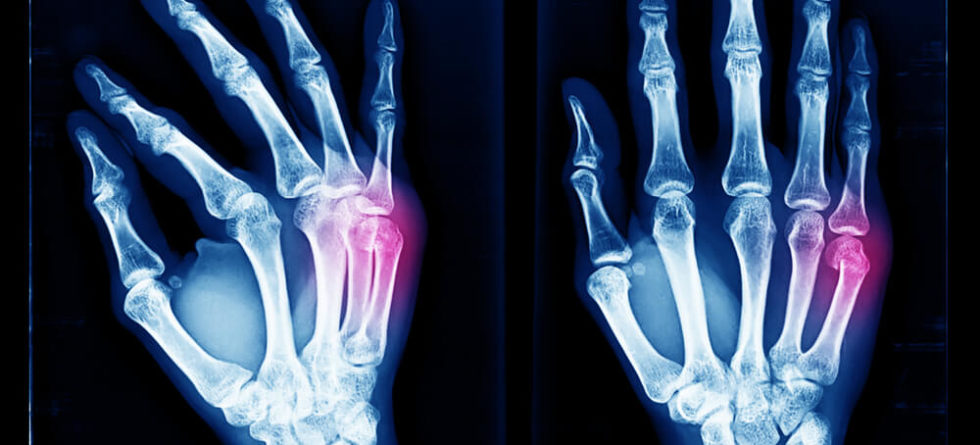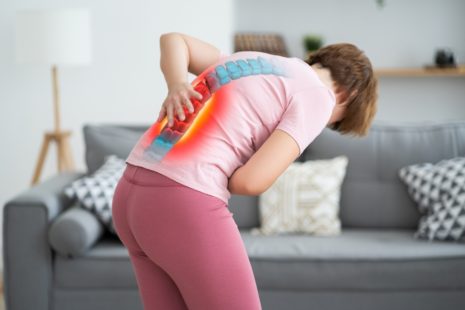If you are experiencing persistent pain from a boxer’s fracture, there could be several reasons for this continued discomfort. It’s essential to understand that the healing process for a fracture can take time, and individual factors can influence the recovery.
Here are some possible reasons why your boxer’s fracture may still hurt…
- Insufficient Healing Time: Fractures generally take several weeks to heal completely. Depending on the severity of the fracture and your body’s healing response, it is possible that the bone has not yet fully healed, leading to ongoing pain and discomfort.
- Delayed Union or Nonunion: In some cases, fractures may experience delayed union (taking longer to heal) or nonunion (failure to heal). This can occur if the bone ends do not properly join together or if there is inadequate blood supply to the fracture site.
- Inflammation and Swelling: The healing process can be accompanied by inflammation and swelling around the fractured area, which can contribute to pain even after the bone has started to heal.
- Scar Tissue Formation: During healing, scar tissue may form around the fracture site. While scar tissue is a natural part of healing, excessive scarring can sometimes cause discomfort and limit movement.
- Misalignment or Malunion: If the fractured bone does not heal in proper alignment, it could lead to ongoing pain and functional limitations.
- Overuse or Reinjury: Engaging in activities that stress the healing bone too soon or do not adequately protect the injured hand may lead to reinjury or delayed healing.
- Nerve Irritation: Fractures can sometimes irritate surrounding nerves, causing pain after the bone heals.
- Muscle Imbalances: After a boxer’s fracture, surrounding muscles may weaken or become imbalanced, which can contribute to ongoing pain and affect the proper function of the hand.
If you are experiencing persistent pain from a boxer’s fracture, it’s crucial to consult with a healthcare professional or an orthopedic specialist. They can evaluate your hand, possibly order imaging tests, and determine the underlying cause of the ongoing pain. Depending on the evaluation, they may recommend further treatment, such as physical therapy, medication, splinting, or, in some cases, additional medical interventions to support the healing process and alleviate discomfort.
Avoiding activities that exacerbate the pain and following your healthcare provider’s recommendations will help ensure a safe and successful recovery from a boxer’s fracture.




